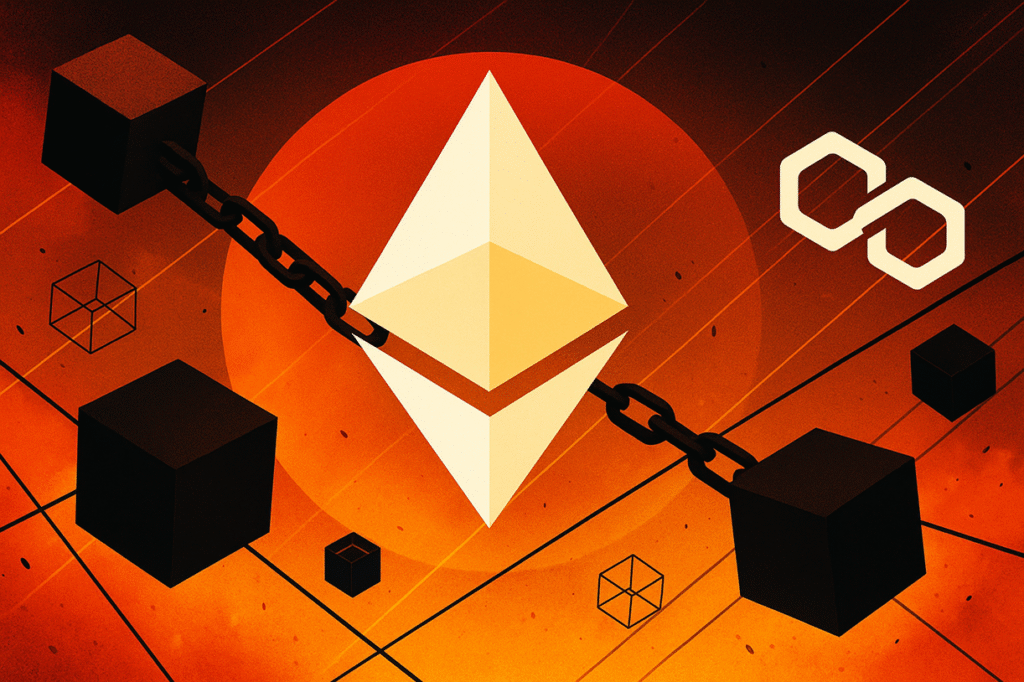In the ever-evolving world of cryptocurrency, debates about the direction and support of foundational technologies can significantly impact the market. One such significant discussion has recently emerged within the Ethereum ecosystem. This conversation brings to the forefront questions about community loyalty, the recognition of Layer-2 projects, and the support mechanisms provided by the Ethereum Foundation. These issues are not just whispers within the corridors of crypto enthusiasts but have caught the attention of influential figures like Vitalik Buterin. Let’s delve into this fascinating dialogue and explore the implications for the broader crypto landscape.
Ethereum’s Layer-2 Dilemma: A Clash of Ideals and Innovations
The CEO of Polygon Foundation, Sandeep Nailwal, has sparked a widespread debate regarding his commitment to Ethereum. His public introspection has led to a flurry of responses from core Ethereum contributors, investors, and even Vitalik Buterin. The central theme of the discussion is whether the Ethereum Foundation is providing adequate support to its builders and how Layer-2 projects fit into Ethereum’s narrative and market perception.
Examining the Support from Ethereum Foundation
Nailwal’s concerns stem from a perceived lack of support from the Ethereum Foundation (EF) for projects like Polygon. This sentiment echoes the frustrations of other contributors who feel sidelined in the broader Ethereum ecosystem. Nailwal points out that the lack of official recognition and the ambiguous “Layer” classification can severely impact a project’s market valuation and growth prospects. To illustrate, he notes how Polygon, despite its critical contributions, struggles to secure the same market presence and support as recognized Layer-1 chains.
Reactions from the Crypto Community
Prominent voices in the crypto space have rallied in response to Nailwal’s remarks. Andre Cronje, a key figure in the Ethereum space, highlighted similar concerns about EF’s support priority, referencing his own experiences of minimal engagement from the foundation despite significant contributions. Tommy Shaughnessy of Delphi Ventures further emphasized the need for the Ethereum Foundation to better compensate its developers to retain top talent.
Vitalik Buterin Responds with a Vision
Amidst this backdrop, Vitalik Buterin chimed in, offering both recognition of Polygon’s valuable role and a strategic path forward regarding technical questions. Buterin acknowledged the contributions of Polygon and suggested that embracing modern zero-knowledge proofs could be a solution for enhancing security guarantees in the Ethereum network. This technical insight aligns with market trends toward specialization in Layer-2 solutions and zero-knowledge proofs.
At the time of writing, Ethereum (ETH) is trading at approximately $3,873. The broader discussions are likely to have a profound impact on Ethereum’s future positioning and the strategies of projects within its ecosystem.
What is the significance of Layer-2 solutions like Polygon for Ethereum?
Layer-2 solutions are crucial for Ethereum as they allow for increased transaction throughput and scalability. Projects like Polygon provide additional infrastructure that can handle numerous transactions, reducing congestion on the Ethereum mainnet and lowering transaction costs.
How does the classification as Layer-1 or Layer-2 affect a project’s valuation?
Projects labeled as Layer-1 often enjoy higher valuations because they are perceived as standalone blockchains with their own security mechanisms. Being recognized as a Layer-2 can limit a project’s market exposure and impact its valuation, as seen with Polygon’s situation compared to other Layer-1 projects.
Can zero-knowledge proofs enhance Ethereum’s scalability?
Yes, zero-knowledge proofs are a promising technology for enhancing scalability without compromising security. They allow transactions to be verified without revealing all details, thereby preserving privacy and reducing data requirements, which can lead to more efficient blockchain operations.
This comprehensive examination of Ethereum’s current dynamics highlights the need for supportive structures and strategic implementations that bolster both technological advancements and community cohesion. The ongoing dialogue and responses from key industry figures underscore the complexities and opportunities within the Ethereum ecosystem.

